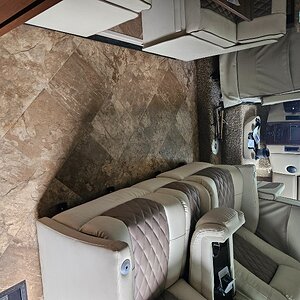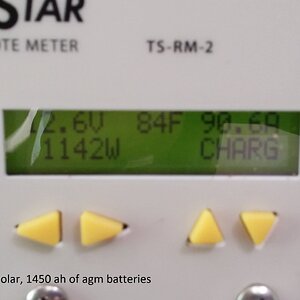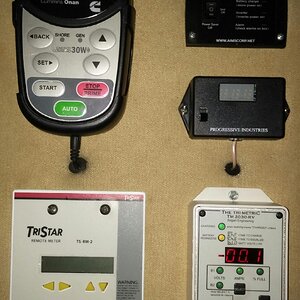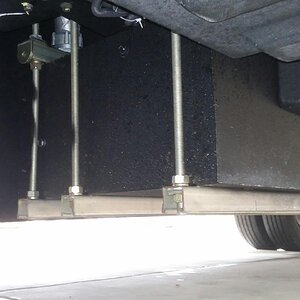I don't know how much "space" foam displaces but IMHO if you want to get an accurate mileage assessment, you should slow fill to full avoiding foam, drive a route that's near level and get the fuel level as low as you can stand, then slow fill again to avoid the foam, then measure your result. I think we all know it's something around 7 for these beasts, beyond that I stop counting or worrying. The biggest thing is trusting your fuel gauge. This last leg home I had to put that trust to work and arrive at the fuel station in "ding" mode (low fuel alerts) and even still, I had 20 gals (out of 100) remaining after a slow fill. Mine calibrated/checked good. I did have to have a sending unit (or something along that line) replaced about two years ago from the fuel gauge going wonky on me.












